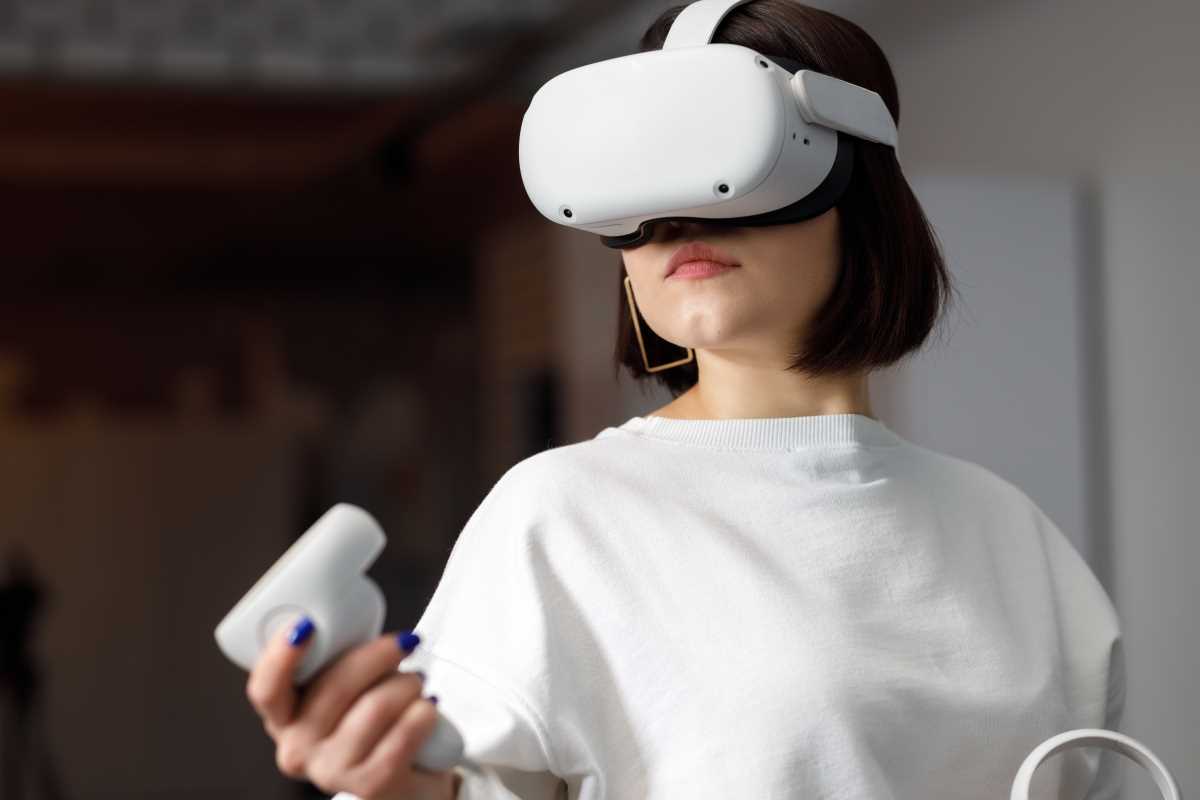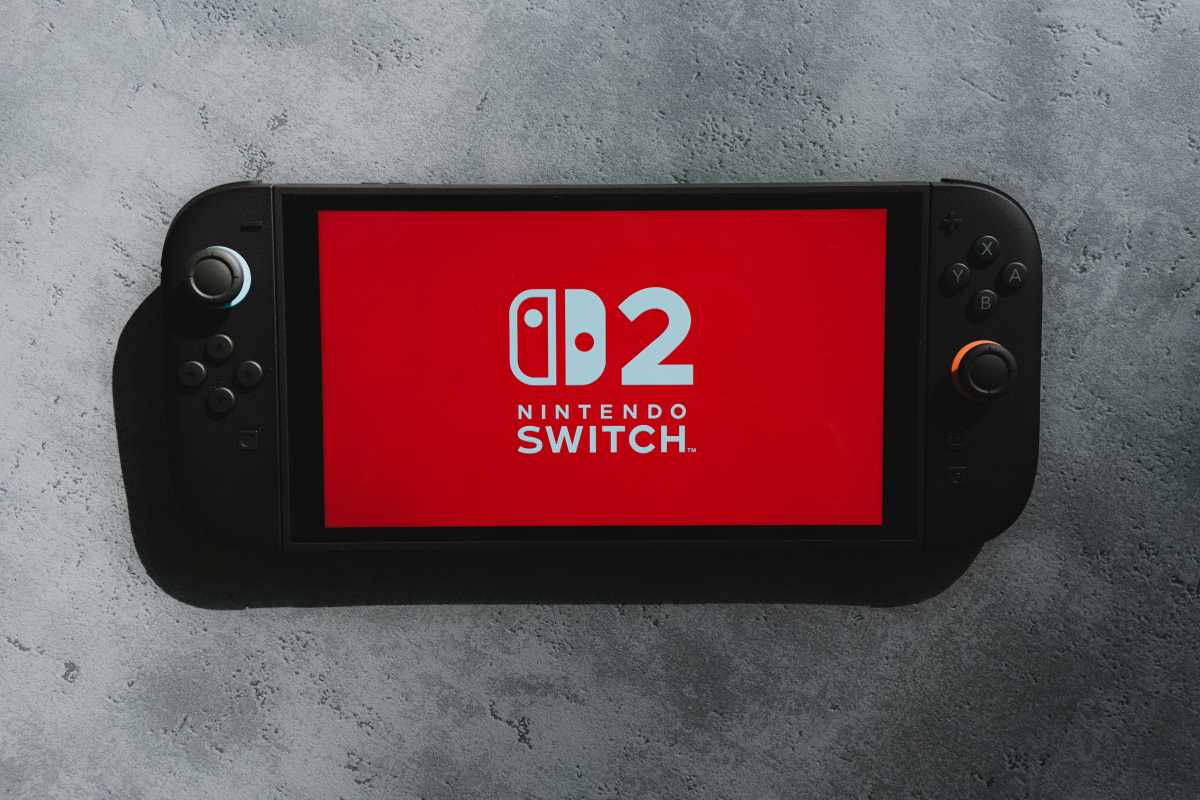Let's be real—2024 has been absolutely wild for tech releases. Every week brings another "revolutionary" gadget that promises to change your life, boost your productivity, or make you the coolest person in your friend group. But here's the thing: most of these shiny new toys are serving up major disappointment with a side of buyer's remorse.
I've spent way too much money this year testing gadgets that looked amazing in those glossy marketing videos but turned out to be expensive paperweights. So before you drain your bank account on the next "must-have" device, let's dive into the tech that's been the biggest letdown of 2024.
The Folding Phone Fiasco Continues
Samsung Galaxy Z Fold 6 and similar foldable phones are still trying to convince us they're the future, but honestly? They're more like expensive party tricks that break when you look at them wrong.
Sure, having a tablet that folds into a phone sounds incredible in theory. In practice, you're paying $1,800+ for a device that's thicker than two regular phones stacked together, has a crease down the middle that never goes away, and breaks if a grain of sand gets in the hinge. The battery dies faster than your motivation on Monday morning, and good luck finding a case that actually protects the thing.
The worst part? Most apps still don't know how to handle the weird aspect ratios, so you end up with awkward black bars or stretched-out interfaces that look terrible. You're basically beta testing an unfinished product while paying premium prices for the privilege.
AI Pins: The Solution Nobody Asked For
Remember when Humane AI Pin launched with all that buzz about replacing your phone? Yeah, that didn't age well. For $700 plus a monthly subscription, you get a tiny device that clips to your shirt and... does basically nothing useful.
The voice recognition is spotty at best, the laser projector is impossible to see in sunlight, and the battery lasts about as long as a TikTok attention span. Plus, having a glowing pin on your chest makes you look like you're cosplaying as Iron Man, but with none of the cool factor.
The Rabbit R1 fell into the same trap—promising AI magic but delivering a laggy, limited device that your phone already does better. These companies spent millions developing hardware to solve problems that software updates could fix for free.
Smart Glasses That Aren't That Smart
Ray-Ban Meta Smart Glasses looked promising until you actually tried using them. For $300, you get glasses that can take photos and videos, but the quality is mediocre at best, and everyone around you feels uncomfortable because they don't know when you're recording.
The AI features are basically glorified voice commands that work about half the time. You look weird talking to your glasses in public, and the battery life means you'll need to charge them constantly. Regular sunglasses cost $20 and do the one job they're supposed to do—protect your eyes—without making you look like you're filming a low-budget sci-fi movie.
VR Headsets Still Searching for a Purpose
The Apple Vision Pro dropped this year with a $3,500 price tag that made everyone's jaw hit the floor. Apple promised spatial computing would revolutionize how we work and play. Instead, we got a heavy, uncomfortable headset that's impressive for about ten minutes before you realize there's nothing compelling to do with it.
Most "experiences" are just regular apps floating in space, which sounds cool but adds zero actual value. The external screen that shows your eyes is creepy, not innovative. And wearing a $3,500 computer on your face in public makes you a walking target for every thief in a five-mile radius.
Even the more affordable Meta Quest 3 struggles with the fundamental VR problem: after the initial novelty wears off, it becomes an expensive dust collector. The game library is limited, work applications are gimmicky, and you can't wear it for more than an hour without feeling like your neck is going to snap.
Fitness Wearables Going Overboard
Oura Ring Generation 3 costs $300 upfront plus a monthly subscription to tell you what you already know—you didn't sleep well and should exercise more. The ring tracks everything obsessively but provides insights that are about as helpful as a horoscope.
Meanwhile, Whoop 4.0 requires a monthly subscription just to use the device you bought. It's like paying rent on your own fitness tracker. The data is overwhelming without being actionable, and most people abandon it within a few months when they realize they don't need a computer to tell them they feel tired.
Your phone already tracks steps and basic health metrics for free. Unless you're a professional athlete, these premium wearables are solving problems you don't actually have.
Electric Everything (That Shouldn't Be Electric)
Electric skateboards hitting the market for $1,000+ promise to revolutionize transportation but deliver range anxiety on four wheels. The batteries die faster than promised, they're heavy as bricks when the power runs out, and they're basically illegal to ride anywhere interesting.
Smart luggage with built-in batteries and GPS tracking sounds futuristic until airline security makes you remove the battery every time you fly, defeating the entire purpose. Regular luggage works fine and costs 75% less.
The Subscription Trap Gadgets
Nothing Phone 2 and similar devices look sleek but lock essential features behind subscription services. You're not just buying a phone; you're signing up for monthly payments that add up to more than the device itself over time.
Tesla's "Full Self Driving" is still asking for $15,000 for features that don't actually work as advertised. You're paying premium prices to beta test software that might work someday, maybe.
Before You Buy: The Reality Check List
Here's what to consider before dropping cash on the latest tech:
Do you actually need it? That smart toaster might seem cool, but regular toast tastes the same and doesn't require Wi-Fi.
Check the subscription costs. Many gadgets now require monthly payments that weren't obvious in the marketing. Calculate the total cost over two years—you might be shocked.
Read reviews from real users, not just tech influencers who got free products. Reddit and Amazon reviews tell you what actually breaks and what features actually work.
Consider your phone first. Most new gadgets do things your phone already does, just less conveniently and for more money.
Think about longevity. Will this company still exist in five years? Will they keep updating the software, or will your gadget become a brick when they move on to the next product?
Instead of chasing the latest releases, focus on proven technology that solves real problems. Wait at least six months after launch to see how products perform in the real world. Buy gadgets that enhance things you already do regularly, not devices that promise to create new habits.
 (Image via
(Image via





